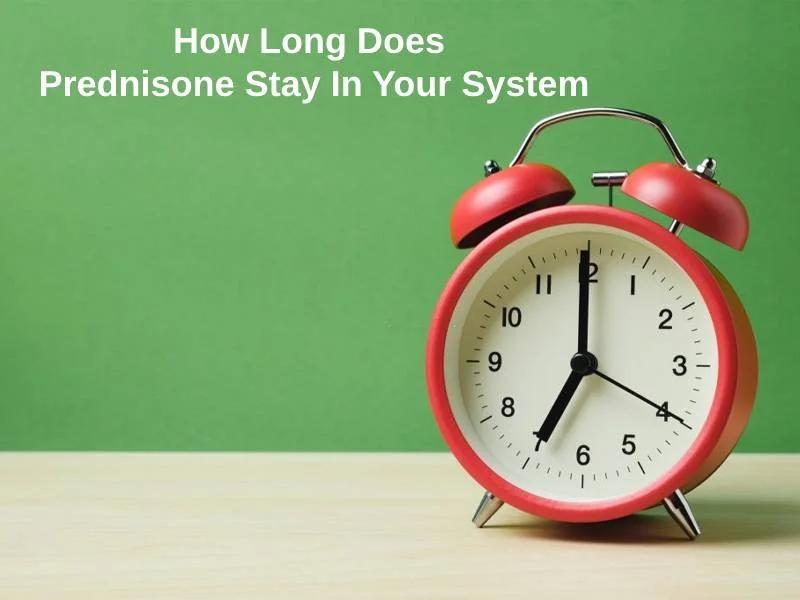Exact Answer: 21 to 24 hours
Drugs must be taken within limits. Not every drug is light, because some can be strong and make a person addicted. Some drugs are illegal and not approved by the Food and Drug Administration, while some are legal and allowed to treat patients all around the world. Medical marijuana can be used to provide relaxation and treat nausea for cancer patients who undergo chemotherapy for a long time.
Some drugs are now prescribed for relaxation, pain, and even some illness or medical complications. While some drugs will help doctors cure illness, some will help in easing the symptoms. Among many drugs prescribed in the world, Prednisone is the 22nd most commonly sold and prescribed drug in the USA. According to reports, millions of people have been prescribed this medicine and hence it is important to know how long prednisone stays in one’s system.
There are many things to learn more about prednisone before taking them so that one can know if they are allergic to the medication. Normally, prednisone lasts in the system for about 20 to 24 hours.

How Long Does Prednisone Stay In Your System?
| Stages | Time |
| Half-Life of the drug | 3 to 4 hours |
| Complete elimination of the drug from the body | 21 to 24 hours |
| Elimination time increases above the age of | 65 |
There are various reasons why one takes steroids. There are different types of steroids, which can be inhaled or oral corticosteroids. The duration steroids stay in one’s system is based on various factors. It will depend on the medication’s type and the characters of the medicine. The most important factor which determines how long a drug lasts in a person’s body is the half-life of the drug. The half-life of a drug determines how long a drug circulates one’s body.
Asthma can be treated with steroids, and drugs like Advair (fluticasone and salmeterol) can be inhaled while prednisone, which is an oral corticosteroid must be taken orally. There are many types of steroids and some of the potential side effects of taking steroids regularly include high blood pressure, depression, elevated level of glucose, increased risk of infection, behavioral changes, aggression, and even glaucoma.
The half-life of a drug is the time consumed for half of the drug’s dosage to be eliminated from the body. The half-life of the drug differs for every drug, for example, Albuterol has a half time of five to seven minutes, Advair about five to seven hours. The half-life of prednisone is three to four hours.
Why Does Prednisone Stay In Your System That Long?
The terminal phase half-life of prednisone is about 2.7 hours, give or take about 20 to 30 minutes. The complete elimination of the drug from the body takes about 21 to 24 hours. Though the drug gets eliminated from the body totally after a day, traces of the drug will be still found in the system for a while. Prednisone can be found in the urine for about thirty-five to hundred and thirty-two hours.
The maximum dosage of prednisone one can take is about 400 ng/mL, give or take 100 ng/mL. After an hour, the concentration reduces in the saliva to about 100 ng/mL, and yet, it reaches the maximum concentration of about 100 ng/mL and they remain the same for the next 4 hours. Prednisone lasts in the blood for about 5 to 6 hours. The numbers can change based on various factors like age, gender, medical and health conditions, and much more.
Conclusion
The peak plasma concentration of prednisone in the body is about one to three hours, especially in adults. The oral bioavailability of prednisone is about 70%. After taking the prednisone, the enzymes in the liver metabolize and covert the prednisone into prednisolone, and after they are completely metabolized and turned into metabolites, they are excreted through the kidney system.
When one takes prednisone regularly, it will take a while before the adrenaline glands recover from the dosage. Sometimes, the effects can be negative and there can be symptoms for a while. When the symptoms are severe and last longer than they should, it is time to visit the doctor.